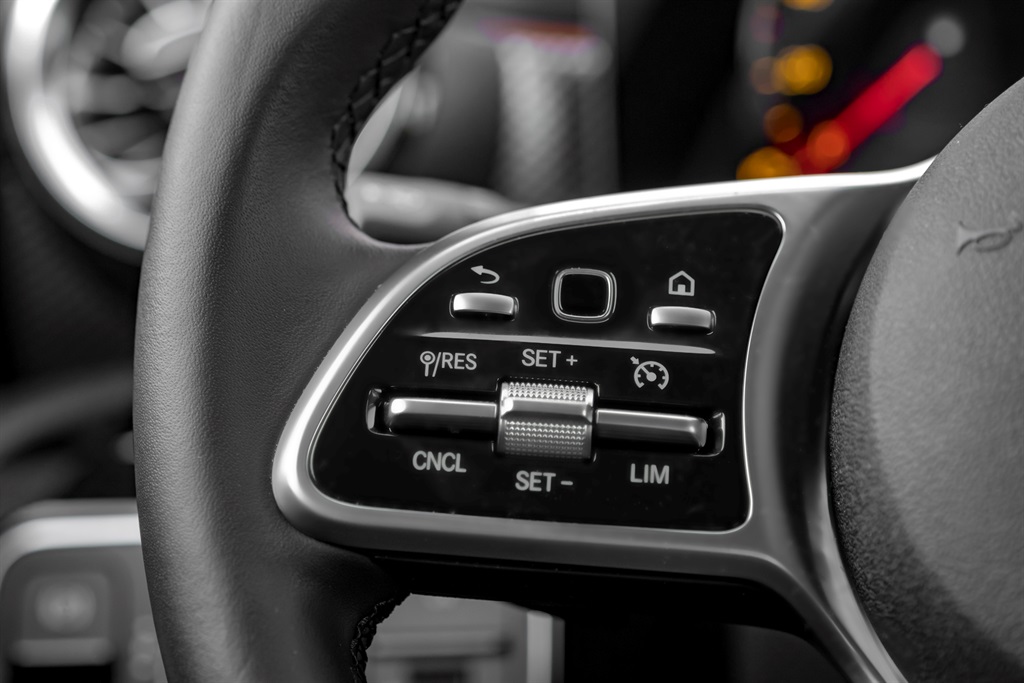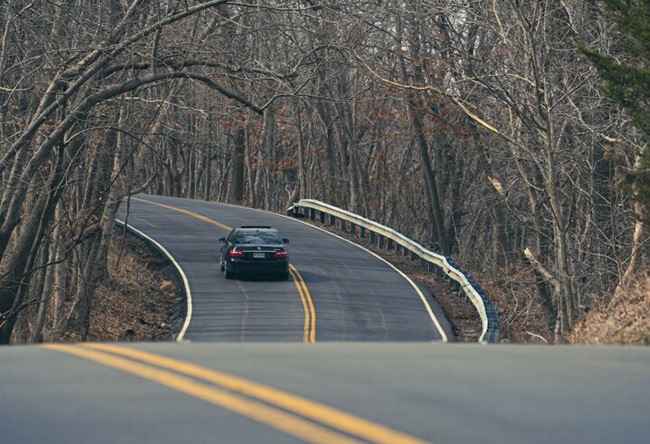- By: News
- 0 comment
Cruise control is one of those creature comforts found in most new vehicles, but it’s often an optional feature. The general consensus is that it is supposed to be a fuel-saving feature. MasterDrive CEO Eugene Herbert shares some helpful information on how and when this feature should be used, or else it could just see your fuel consumption increase.
Earlier in November, motorists again paid more for petrol and diesel. This was following a few months of price decreases but not enough to bring it back below the R20 per litre mark. Thus, the 51c increase in both grades of petrol and the steep R1.44 increase per litre of diesel has left a bad taste in drivers’ mouths. Even with government intervention, fuel prices are still very high as we head toward the festive season. Internationally, many countries face their own steep increases in fuel prices, albeit not as extreme as South Africa.
The technology being referred to is cruise control. While it can boost fuel economy considerably, this is only when driving on a constant, flat surface. On inclines, cruise control is slower than a driver to react to gradient changes. When a driver reaches the top of a hill, they decrease their pressure on the accelerator much faster than what cruise control can sense a change in the gradient.
READ | Why that large piece of plastic at the bottom of your engine is rather important
The same applies to driving in traffic. Firstly, cruise control is never recommended in heavy traffic because of the potential for something to go wrong. If, however, a driver uses cruise control in moderate traffic and is consequently adjusting or stopping and restarting regularly, they will not get the most fuel-saving benefits from cruise control, safety concerns aside.
A Natural Resources Canada Study found cruise control could potentially reduce fuel consumption by 20% – if used correctly. If you are constantly adapting your cruise control between 110km/h and 120km/h, for example, as opposed to keeping it at a consistent 120km/h, you are unlikely to see this saving. If you find you regularly need to adjust your speed, driver anticipation, and correct following distances are more likely to get a more significant saving than using your cruise control.
Yet, can the same be said for ACC if adaptive cruise control (ACC) manages the following distances for you?
A study conducted across Europe in 2012 found that the sensors that adapt the speed according to traffic result in fuel savings. Yet, most of these studies are conducted in open highway settings with minimal adaptions. Additionally, the savings are around 2.8%, thus negligible at best. More research needs to be undertaken in real-driving settings. Thus, there is a place for cruise control to save fuel and consume more.
Before deciding to use cruise control, look at the driving conditions and determine whether they allow for it. Also, do not sacrifice safety for reducing fuel consumption, for example, using cruise control in wet weather. There is a place for all car technology that requires correct use to get the most benefit from it.
Eugene Herbert is the CEO of MasterDrive SA.
SOURCE:
Does cruise control help save fuel when driving? Here’s what you should know | Wheels (news24.com)




